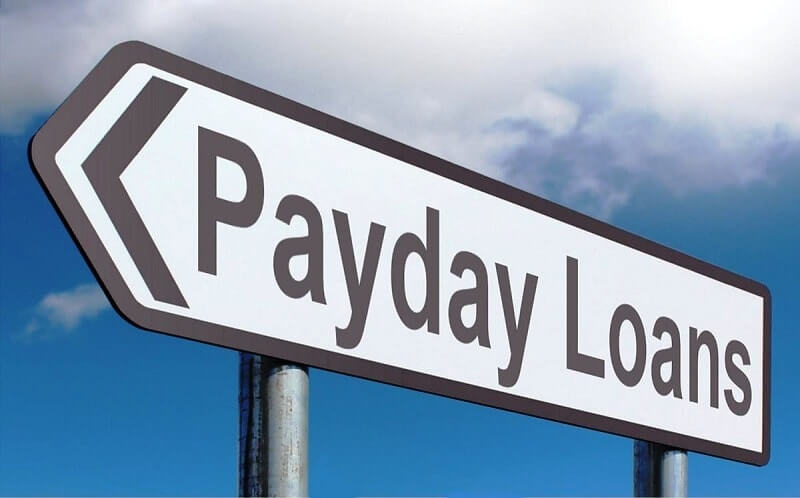According to your state’s legislation, Payday loans may be available through lenders in local or online establishments. The loans are for small amounts.
Some common features of a payday loan include
Although there is no exact definition of the term payday loans, it is usually a high-cost, short-term loan and usually for $ 500 or less which usually ends on your next payday.
The payday loan is usually paid in a single payment on the debtor’s next payday or when income is received from another source such as a Social Security check or pension. The due date is usually two to four weeks from the date of the loan. The specific due date is set in the payday loan agreement. To pay off the loan you usually write a check with a future date for the full balance including the charges or you offer the lender an authorization to debit the funds electronically from your bank account, credit union or a prepaid card. If you do not pay the loan on or before the due date the lender can cash the check or withdraw the money electronically from your account.
The lender who makes the payday loan usually does not take into account your ability to repay the loan while you try to meet your other financial obligations. They can provide you with loan funds by check or cash or they are deposited into your account electronically or they are charged to a prepaid debit card. Other characteristics of the loan may vary. Payday loans are often structured so that they are paid in a single payment. Some state laws allow lenders to refinance or renew a loan when it expires, so that the consumer only pays the loan charges and the lender extends the due date. In some cases, payday loans can be structured to be paid in installments over a longer period of time.
The cost of a payday loan
Many state laws set a maximum amount for payday loan charges, ranging from $ 10 to $ 30 for every $ 100 that is lent. A typical two-week payday loan with a charge of $ 15 for every $ 100, corresponds to an annual effective rate (APR) of almost 400 percent. In comparison, the APR on credit cards can vary from approximately 12 percent to around 30 percent. In many of the states that allow payday loans, the cost of the loan, the charges and the maximum amount of credit have a limit. The laws in your state can authorize, regulate or prohibit these loans. Some states do not have payday loans since this type of loans is not allowed by state law or because the lenders decided not to do business on the interest rate and allowable installments in those states.
Characteristics of a payday loan
Payday loans in general are loans for small amounts, for example, $ 500. They usually have higher interest rates and fees than other types of loans. Borrowers in general promise to repay the loan with their next salary. In some cases, the loan is structured through payments over a longer period. Loan funds can be granted to consumers in cash or by check, charged to a prepaid debit card or electronically deposited into a consumer’s checking account. To settle a payday loan, the borrower in general must previously authorize the lender to access their bank or credit union account or issue a post-dated check.
Before asking for a high-cost payday loan, consider other alternatives such as
- Speak with creditors to negotiate more time to pay bills
- Borrow from family or friends
- Search for credit offers with lower costs such as a credit card with a low rate
- Find out about the possibility of requesting an advance to your employer.
- If you have an account in a credit union or a bank, there may be cheaper alternatives especially if you have direct deposit or a stable credit history
- Contact the state or local government to find out if emergency assistance programs are available
- Compare loans to find the lowest fees and fines
- Avoid applying for payday loans to more than one lender at a time
- Know when your payment is due and cancel the loan on time and in full
- Establish a budget that includes a fund for emergencies
Conclusion:
What are paid day loans and how do they work?
Each year, approximately 12 million people in the United States who need quick access to cash apply for payday loans and often pay billions in principal, interest, and fees. Payday loans are also known by other names, such as cash advance loans and check loans. People apply for payday loans for different reasons. But before thinking about using a payday loan makes sure you fully understand all the features related to it.







































